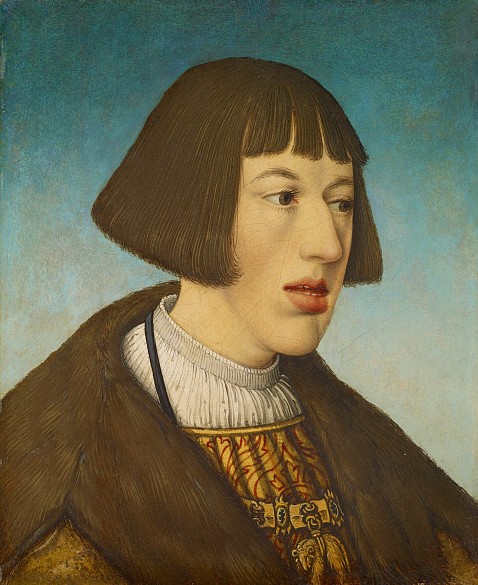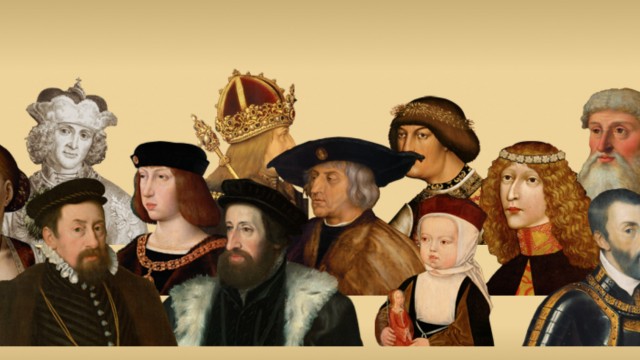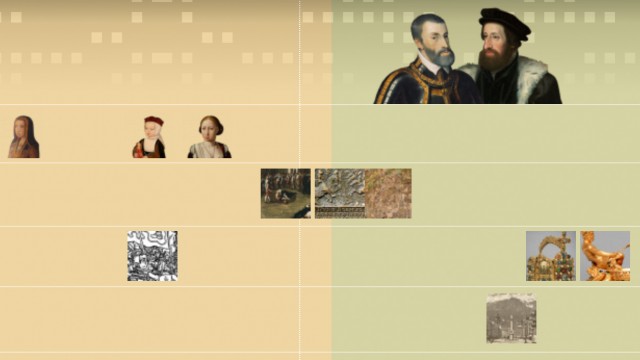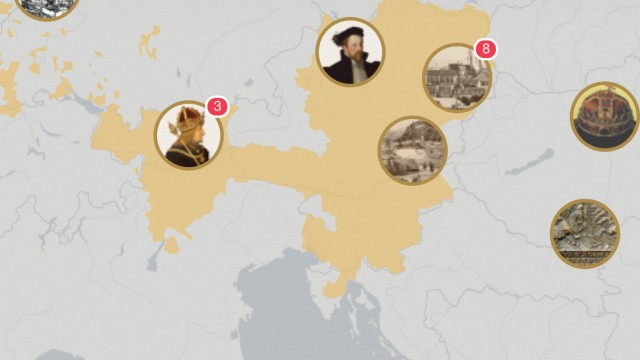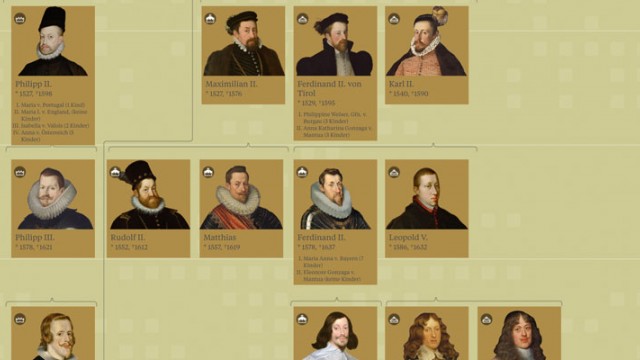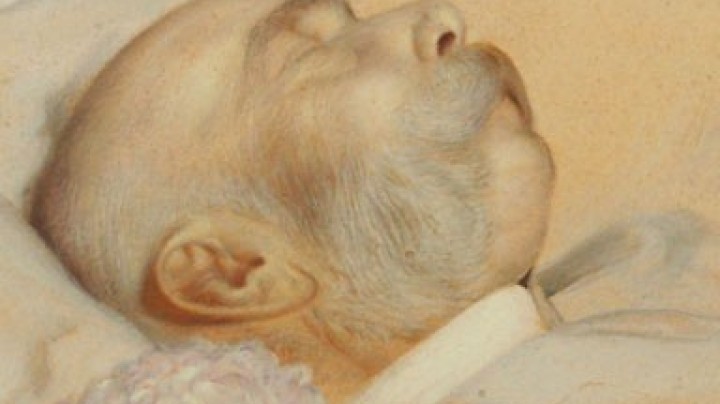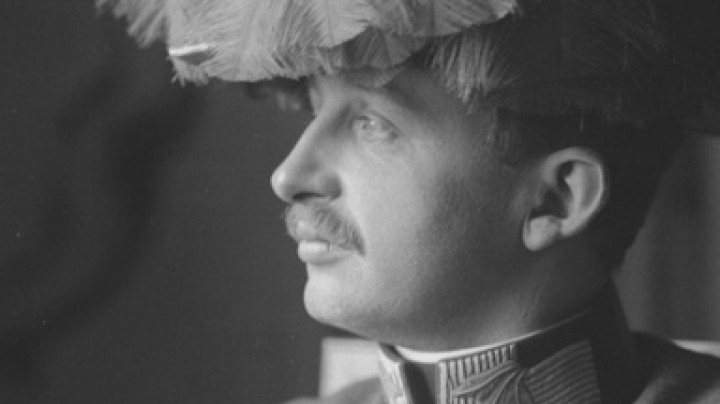Ferdinand I: a Spanish sovereign in Central Europe
Ferdinand I had a difficult start in Central Europe: he was disliked because he was foreign, and the native elites feared that their traditional rights would be threatened by his concept of rulership, which had been shaped by the legal traditions of the Mediterranean world.
Ferdinand brought his retinue of Spanish and Netherlandish courtiers with him to Austria. At first the Renaissance court of the young prince seemed like a foreign body in these surroundings, which were still permeated by a late medieval mindset. As foreigners the Spaniards were regarded with hostility. One who came in for particular opprobrium was Gabriel de Salamanca, Ferdinand’s treasurer, tasked with repairing the state finances that Maximilian had left in such a ruinous state on his death. He had a reputation as a diabolically cunning adversary who circumvented traditional rights.
The new ruler’s confident bearing and his forceful rule met with opposition. The Estates of the Austrian dominions regarded themselves as equal partners of the sovereign, an attitude that had been reinforced by the long periods of the ruler’s absence during the reign of Maximilian I and the interregnum following his death in 1519, when the country had been ruled by representatives from the Estates. Thus they now insisted on their traditional rights of co-determination. Ferdinand took brutal action: branded as rebels, the defenders of the rights of the Estates were condemned to death at the Wiener Neustädter Blutgericht of 1522.
Nonetheless, it was no easy task to break the resistance of the nobility, which was bolstered by the beginnings of sectarian disputes arising from the religious schism in Europe, or indeed of that of the common folk; revolts among the peasantry broke out in 1525.
It took a long time for Ferdinand to be accepted as ruler. A slow process of rapprochement developed, with Ferdinand demonstrating that he had the ability to learn and adapt, and gradually his position became more established. The section of the nobility that was prepared to cooperate soon recognized the chances for advancement offered by the dynasty’s international connections.
